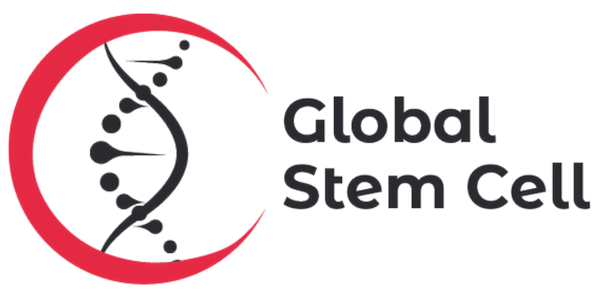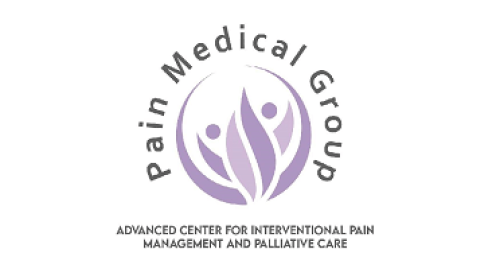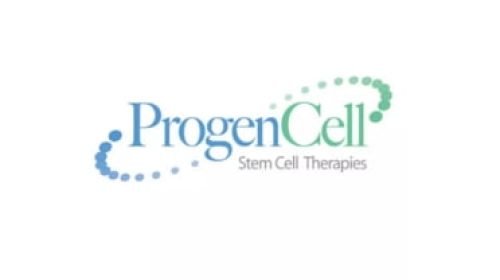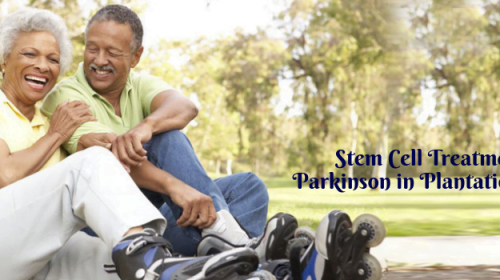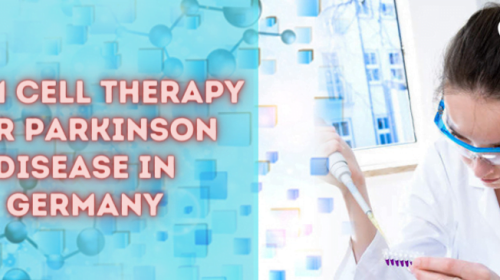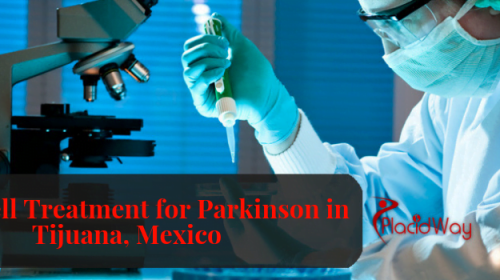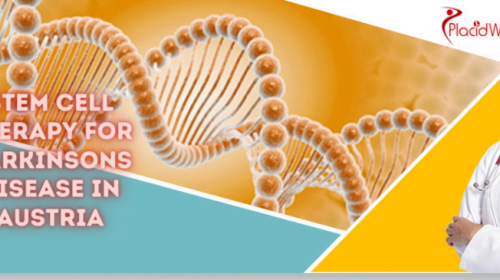Unleashing the Power of Stem Cells to Defeat Parkinson’s Disease
Parkinson’s Disease (PD) is a neurodegenerative disorder that affects the central nervous system, primarily involving the dopamine-producing neurons in the brain. It is named after James Parkinson, the British physician who first described the condition in 1817. Parkinson’s disease is characterized by a combination of motor symptoms, such as tremors, rigidity, bradykinesia (slowness of movement), and postural instability, as well as non-motor symptoms that can affect various aspects of a person’s life.
The exact cause of Parkinson’s disease is not yet fully understood. However, research suggests that a combination of genetic and environmental factors contribute to its development. In some cases, PD can be attributed to specific gene mutations, but these cases are relatively rare. Other factors, such as exposure to certain toxins or chemicals, head injuries, and oxidative stress, have also been implicated in the development of the disease.
The most recognizable motor symptom of PD is a tremor, often starting in the hand or fingers and appearing as a rhythmic back-and-forth movement. However, not all individuals with PD experience tremors, and the presence and severity of symptoms can vary widely between individuals.

How does Stem Cell Therapy help Parkinson’s Disease?
Stem cell therapy holds promise as a potential treatment for Parkinson’s disease, a neurodegenerative disorder that primarily affects movement and is caused by the loss of dopamine-producing cells in the brain. While it’s important to note that stem cell therapy for Parkinson’s disease is still an area of active research and is not yet considered a standard treatment, it has shown encouraging results in preclinical and early clinical trials.
The goal of stem cell therapy for Parkinson’s disease is to replace the lost or damaged dopamine-producing cells in the brain with healthy cells derived from stem cells. Stem cells are unique cells that have the ability to develop into different cell types in the body. There are different types of stem cells used in research, including embryonic stem cells, induced pluripotent stem cells (iPSCs), and adult stem cells.
Procedure of Stem Cell Therapy for Parkinson’s Disease
Preparing the Patient
The patient undergoes a thorough evaluation by medical professionals to determine their eligibility for stem cell therapy. This evaluation may involve medical history assessment, physical examination, and various diagnostic tests to confirm the diagnosis of Parkinson’s disease.
Stem Cell Harvesting
Stem cells can be obtained from different sources. Depending on the specific approach, stem cells may be harvested from the patient’s own body or derived from other sources such as donated embryos. Common sources include bone marrow, adipose tissue, or in the case of iPSCs, adult cells that have been reprogrammed to a pluripotent state.
Stem Cell Processing
Once obtained, the harvested stem cells undergo laboratory processing to isolate and prepare them for transplantation. This process may involve purification, expansion (increasing the number of stem cells), and differentiation (directing stem cells to develop into dopamine-producing cells or precursors).
Transplantation
The prepared stem cells are then transplanted into the patient’s brain. The specific method of transplantation can vary. It may involve stereotactic surgery, where the cells are delivered to specific regions of the brain using precise imaging guidance, or less invasive techniques such as intracerebral injections.
Monitoring and Rehabilitation
Follow-up evaluations are conducted to track the progression of symptoms, monitor any potential side effects, and measure improvements in motor function and quality of life. Rehabilitation programs, including physical therapy and occupational therapy, may also be implemented to optimize the benefits of the therapy.
Long-term Follow-up
Long-term monitoring and follow-up are crucial to evaluate the durability and long-lasting effects of the stem cell therapy. This includes periodic assessments of the patient’s condition, symptom management, and adjustment of treatment strategies as necessary.
Best Parkinson’s Disease Clinics in the World
America, Colombia, Pereira
America, Juarez, Mexico
America, Bogota, Colombia
Caribbean Islands, America, Roatan
Stem Cell Therapy Packages for Parkinson’s Disease Worldwide
Stem Cell Therapy for Parkinson’s Disease Success Stories
Contact us today to receive a free consultation from our experienced medical professionals. Together, let’s embark on a journey towards a brighter future, filled with renewed hope, improved mobility, and a life free from the shackles of Parkinson’s disease. Don’t let Parkinson’s define you. Choose PlacidWay and unlock the power of regenerative medicine. Your transformation awaits!
Frequently Asked Questions
Is stem cell treatment a cure for Parkinson's disease?
Currently, there is no known cure for Parkinson’s disease, including stem cell treatment. However, stem cell therapy shows promising potential for symptom improvement and disease management. It can help alleviate motor symptoms, enhance quality of life, and potentially slow down disease progression in some cases. Research is ongoing to further understand the long-term effects and potential of stem cell therapy for Parkinson’s.
How are stem cells delivered to the brain?
The delivery method of stem cells to the brain depends on the specific treatment protocol and the expertise of the medical team. Common techniques include stereotactic surgery, where a thin needle is used to inject stem cells into targeted areas of the brain, or using specialized catheters to deliver the cells. The choice of delivery method is determined based on the patient’s condition, the type of stem cells used, and the treating physician’s judgment.
How long does the treatment process take?
The treatment process can vary depending on the specific protocol and the individual patient’s response. Typically, it involves multiple stages, including an initial evaluation, stem cell collection (if necessary), cell cultivation, and the transplantation procedure itself. The duration can range from several days to a few weeks. The medical team will provide a personalized treatment plan and timeline based on your specific situation.
What are the potential benefits of stem cell therapy?
Stem cell therapy holds the potential to promote tissue regeneration, reduce inflammation, modulate the immune system, stimulate repair processes, and improve overall tissue function. The specific benefits depend on the targeted condition and the individual’s response to treatment.
Is stem cell therapy a painful procedure?
The level of pain or discomfort associated with stem cell therapy can vary depending on the specific treatment and individual factors. In some cases, the procedure may involve minimal pain or discomfort, while in others, such as surgical implantation, there may be a recovery period with associated discomfort. The medical team will take measures to ensure patient comfort and manage any potential pain or side effects.
Request Free Quote


